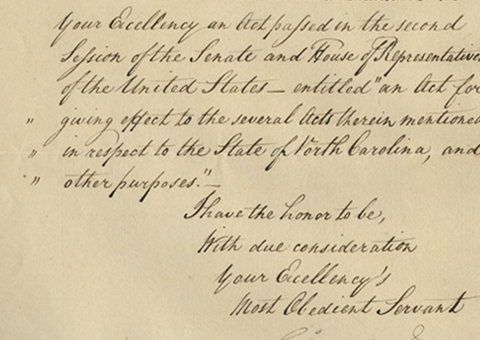Harvard Acquires its Then-Huge 28-Foot Telescope in 1769, Used by America’s First Great Astronomer, John Winthrop, For Many of His Celestial Observations

All but one of Harvard's telescopes had been destroyed by fire; this was donated by EA Holyoke on the death of the Harvard president, who was also his father
John Winthrop was born in Boston, Mass., on Dec. 19, 1714, the great-great-grandson of Massachusetts Bay’s first governor. He early demonstrated scholarly ability, completing Boston Latin School at 14 and graduating from Harvard in 1732. He studied science at home for six years and at 24 was named professor of mathematics and...
John Winthrop was born in Boston, Mass., on Dec. 19, 1714, the great-great-grandson of Massachusetts Bay’s first governor. He early demonstrated scholarly ability, completing Boston Latin School at 14 and graduating from Harvard in 1732. He studied science at home for six years and at 24 was named professor of mathematics and natural philosophy at Harvard.
Winthrop’s public lectures and demonstrations in physical science attracted wide attention, and the results of his continuous and extensive research were published by London’s Royal Society. His series of sunspot observations in 1739 were the first in Massachusetts and required close cooperation with both the Royal Society and Greenwich Observatory. He noted transits of Mercury in 1740, 1743, and 1769 and also accurately recorded the longitude of Cambridge, Mass. Other studies included work on meteors (1755), the transit of Venus (1761), and solar parallax and distance (1769). His work continued into the 1770s.
At the time, Harvard was a scene of great scholarship among the Massachusetts elite. Winthrop, the head of what was then the astronomy lab at Harvard, was a scientific inspiration to, among others, Benjamin Franklin and John Adams. He was in his position at Harvard, when, in 1764, a fire destroyed all but one of the telescopes in its possession.
Edward August Holyoke was a charter member of the American Academy of Arts and Sciences, of which he was president from 1814 to 1820. He was a founder and president of the Massachusetts Medical Society as well, from 1782 to 1784 and from 1786 to 1788. He was son of a former Harvard president and a graduate himself.
His father died in 1769 and it appears he used this death to donate the family telescope to the university.
Document signed, September 25, 1769, Nathaniel Appleton, to Doctor Holyoke. “At a meeting of the Corporation of Harvard College… Voted that the thanks of this board be given to Doctor Holyoke for his kind donation of a telescope of twenty eight feet with its apparatus to this college.”
Appleton too was educated at Harvard, getting his degree in 1712. From 1717 to 1779 he was one of the corporation of Harvard University.

Frame, Display, Preserve
Each frame is custom constructed, using only proper museum archival materials. This includes:The finest frames, tailored to match the document you have chosen. These can period style, antiqued, gilded, wood, etc. Fabric mats, including silk and satin, as well as museum mat board with hand painted bevels. Attachment of the document to the matting to ensure its protection. This "hinging" is done according to archival standards. Protective "glass," or Tru Vue Optium Acrylic glazing, which is shatter resistant, 99% UV protective, and anti-reflective. You benefit from our decades of experience in designing and creating beautiful, compelling, and protective framed historical documents.
Learn more about our Framing Services










































































































